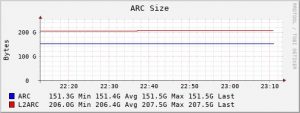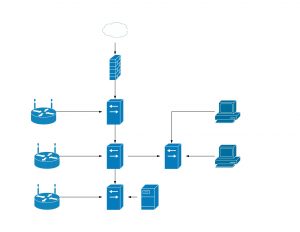I briefly looked at Rockstor, which on the surface seems legit, relatively new great interface and an awesome plug-in system. What kept me from using Rockstor is it uses BTRFS. Using BTRFS isn’t an issue for me since it’s basically designed to the Linux equivalent of ZFS. The show stopper was that it currently doesn’t support RAID 5 or 6. It has support for it but it’s not recommended for production use because of a writ-hole bug. A write-hole basically is this, you save a piece of data to your array, the OS makes the necessary syscall to have the data committed to disk, the call is returned as successful, except nothing was actually written. Seems like a bad look when I’m depending on this system to store my data.
I could have also done Xpenology but looking around at that eco-system it seems like it’s more effort that it’s worth.
So I settled on Freenas, yes Freenas is a bit long in the tooth but it works, and works well, for storage at least, the other features such as virtualization work ok but they aren’t really top notch. Don’t even get me started on docker support. But because I had tons of RAM and an extra 256GB SSD laying around it worked out great. I get good performance because of the way ZFS works and having the SSD to work as a L2 Cache ( L2ARC) has been great.


Quick and dirty network diagram of my home network